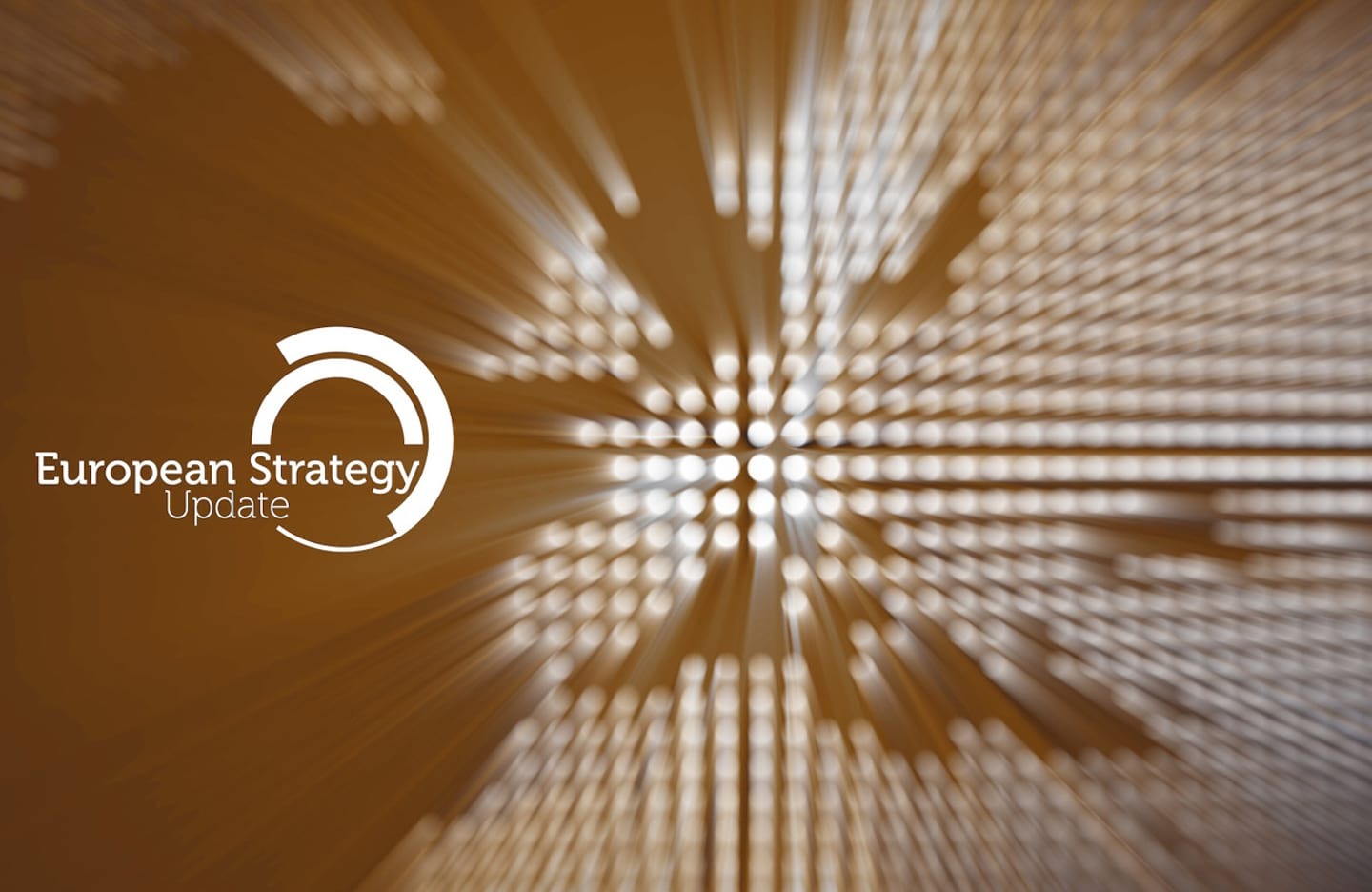RJM Corbet
Deus Pascus Corvus
CERN approves plans for a $23 billion, 62-mile long super-collider
CERN has approved plans to build a $23 billion super-collider 100 km in diameter (62 miles) that would make the current 27 km 16 teraelectron volt (TeV) Large Hadron Collider (LHC) look tiny in comparison.
The aim is to learn more about the elusive Higgs Boson particle.
CERN has approved plans to build a $23 billion super-collider 100 km in circumference (62 miles) that would make the current 27 km 16 teraelectron volt (TeV) Large Hadron Collider (LHC) look tiny in comparison. The so-called Future Circular Collider (FCC) would smash particles together with over 100 TeV of energy to create many more of the elusive Higgs bosons first detected by CERN in 2012. This “Higgs factory” would be key to helping physicists learn more about dark matter and other mysteries of the Standard Model of physics.
“Such a machine would produce copious amounts of Higgs bosons in a very clean environment, would make dramatic progress in mapping the diverse interactions of the Higgs boson with other particles and [allow] measurements of extremely high precision,” the CERN council wrote in a press release.
In a new development strategy paper, CERN emphasized that its current priority is to complete a “high-luminosity” upgrade of the current LHC with high-field superconducting NbSn magnets. This would create many times more collisions than the LHC can now, boosting the chances of seeing Higgs bosons and other rare particles.
The future collider would be built in two stages. The first iteration would smash electrons and positrons together to maximize production of Higgs bosons so that scientists can get more accurate data on the particles. The second version would be a 100 TeV proton-proton collider designed to generate new particles that could expand on or even replace the Standard Model.
The aim is to start construction of the new tunnel by 2038, but there’s one massive hurdle: money. The new project is so expensive that CERN will need to seek funding outside its EU member state nations. Instead, it might need to create a global organization that includes the US, China and Japan.
It could be a hard sell, especially as the new collider wouldn’t have as clear a goal as the LHC did ...

Particle physicists update strategy for the future of the field in Europe
Following almost two years of discussion and deliberation, the CERN Council today announced that it has updated the strategy that will guide the future of particle physics in Europe within the global particle-physics landscape. Presented during the open part of the Council’s meeting, held...
Following almost two years of discussion and deliberation, the CERN Council today announced that it has updated the strategy that will guide the future of particle physics in Europe within the global particle-physics landscape. Presented during the open part of the Council’s meeting, held remotely due to the ongoing COVID-19 pandemic, the recommendations highlight the scientific impact of particle physics, as well as its technological, societal and human capital.
By probing ever-higher energy and thus smaller distance scales, particle physics has made discoveries that have transformed the scientific understanding of the world. Nevertheless, many of the mysteries about the universe, such as the nature of dark matter, and the preponderance of matter over antimatter, are still to be explored. The 2020 update of the European Strategy for Particle Physics proposes a vision for both the near- and the long-term future of the field, which maintains Europe's leading role in addressing the outstanding questions in particle physics and in the innovative technologies being developed within the field.
The highest scientific priorities identified in this update are the study of the Higgs boson - a unique particle that raises scientific profound questions about the fundamental laws of nature - and the exploration of the high-energy frontier. These are two crucial and complementary ways to address the open questions in particle physics.
“The Strategy is above all driven by science and thus presents the scientific priorities for the field,” says Ursula Bassler, President of the CERN Council. “The European Strategy Group (ESG) – a special body set up by the Council – successfully led a strategic reflection to which several hundred European physicists contributed.” The scientific vision outlined in the Strategy should serve as a guideline to CERN and facilitate a coherent science policy across Europe ...

European strategy update unveils ambitious future – CERN Courier
Particle physicists should begin a feasibility study for a future hadron collider at CERN with an electron-positron Higgs factory as a possible first stage, concludes the 2020 update of the European strategy for particle physics
cerncourier.com
The 2020 update of the European strategy for particle physics (ESPPU), which was released today during the 199th session of the CERN Council, sets out an ambitious programme to carry the field deep into the 21st century. Following two years of discussion and consultation with particle physicists in Europe and beyond, the ESPPU has identified an electron–positron Higgs factory as the highest priority collider after the LHC. The ultraclean collision environment of such a machine (which could start operation at CERN within a timescale of less than 10 years after the full exploitation of the high-luminosity LHC in the late 2030s) will enable dramatic progress in mapping the diverse interactions of the Higgs boson with other particles, and form an essential part of a research programme that includes exploration of the flavour puzzle and the neutrino sector ...
Last edited:

